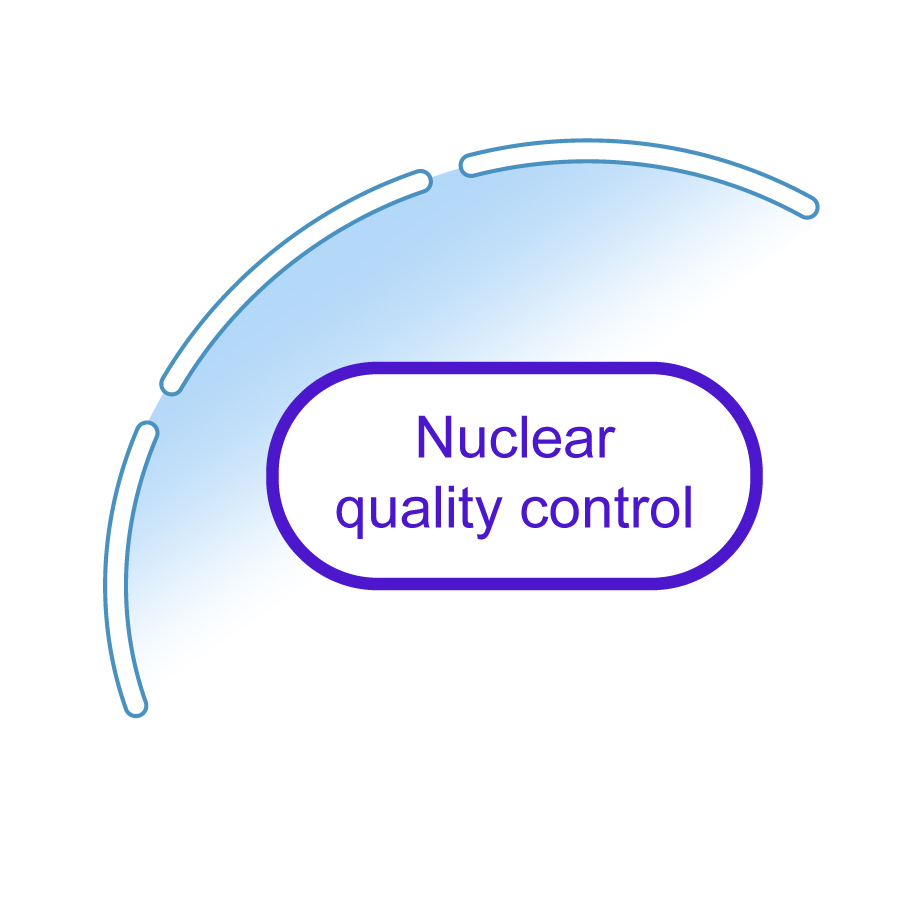
Understanding nuclear protein quality control to combat neurodegenerative diseases
Project leader: Mark Hipp
While quality control in the cytoplasm and the endoplasmic reticulum has been studied extensively, knowledge of the nuclear quality control machinery is limited. What we do know is that nuclear accumulation of protein aggregates is the hallmark of a number of neurodegenerative disorders, including amyotrophic lateral sclerosis and Huntington’s disease. Despite the urgent need for treatment, the identity of the toxic nuclear aggregate species and the specific mechanism by which they harm cells remain unknown. Researchers have long treated protein quality control in the nucleus and the cytoplasm as identical processes. However, our recent work has demonstrated that the subcellular environment strongly influences aggregation and toxicity of misfolded proteins. It is still poorly understood what parts of the nuclear quality control machinery cause this difference, and what parts of the nucleus are vulnerable to aggregates. In this project we plan to identify the factors that ensure the correct handling of misfolded proteins in the nucleus of healthy cells, and establish why these factors fail during ageing and disease. We will characterize the components of nuclear quality control machinery that interact with defective proteins, unravel the mechanisms of cytotoxicity caused by nuclear aggregates, and identify factors that can induce a protective response.
We will identify those components of nuclear QC that can be targeted to prevent aggregation-mediated pathophysiology, and the pathways that enable cells to activate their protective mechanisms to delay the onset of degenerative diseases.